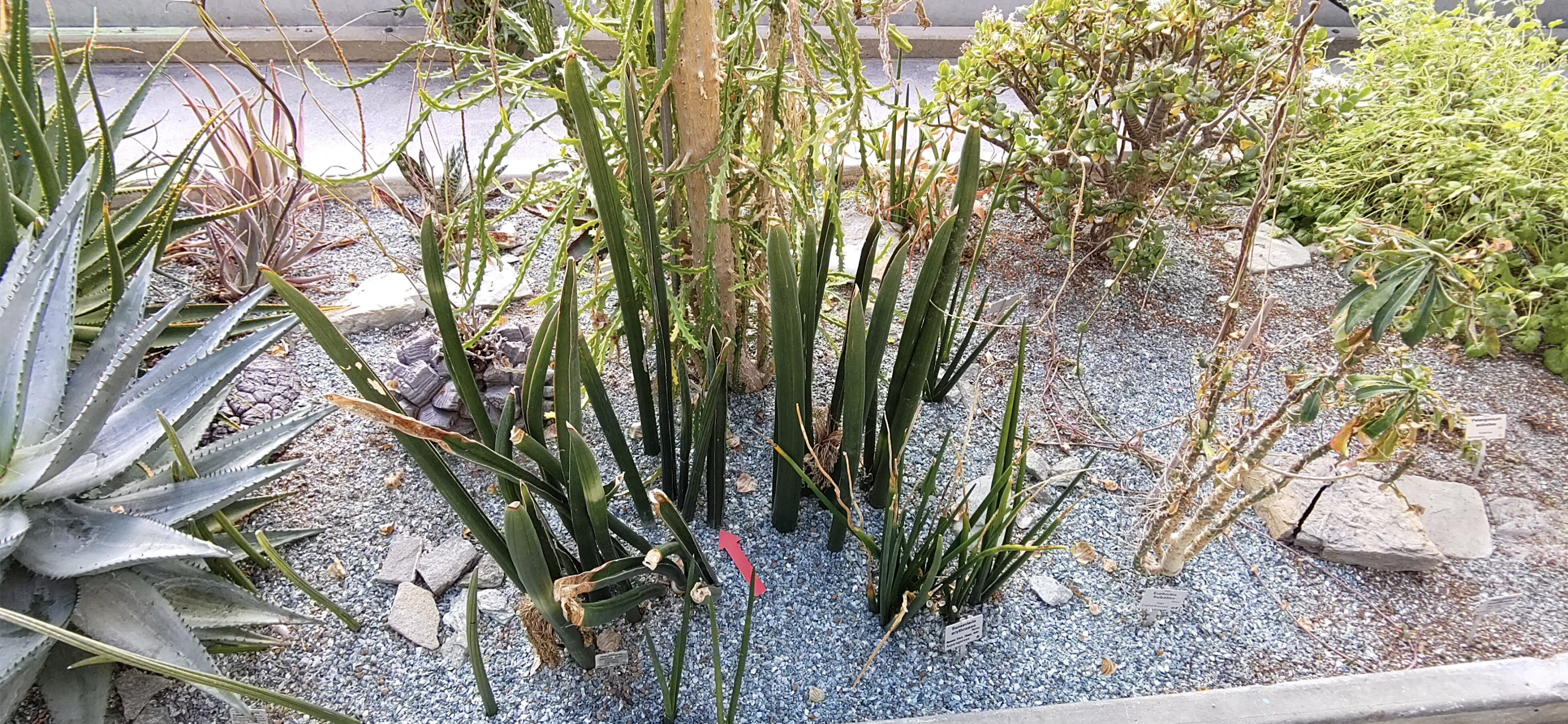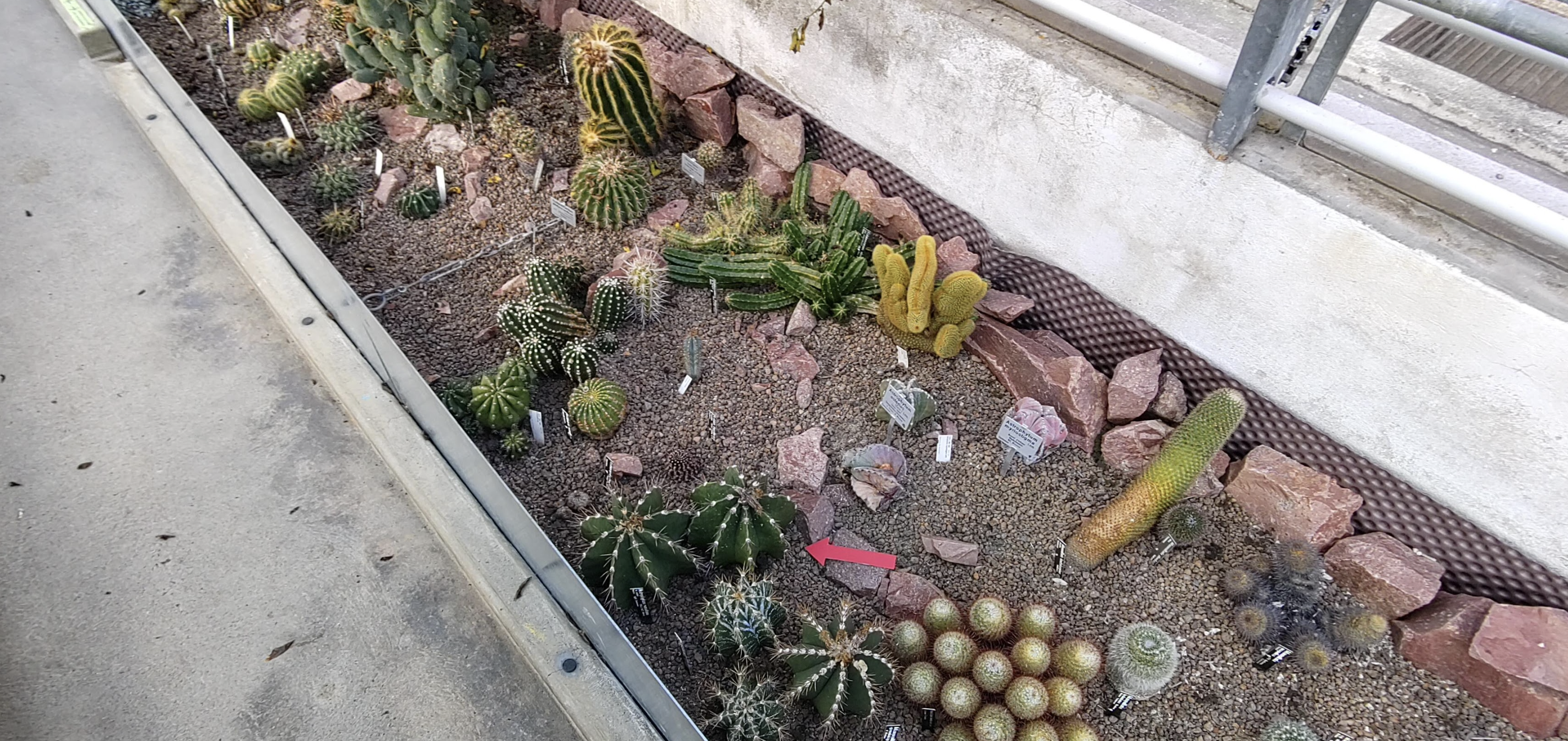2023-02-23
This is PMA's DBGI daily open-notebook.
Today is 2023.02.23
Todo today
Have a look at the DBGI discussion forum
- https://github.com/orgs/digital-botanical-gardens-initiative/discussions
Doing
Point Maelle
We talked about https://datashader.org/ And using vaex plotly resampler Try to run a local version of the https://github.com/mwang87/GNPS_LCMSDashboard
Establish a Dashboard for Human Data Interaction in the DBGI
(refer to ChordB proposal for details)
- establish a Dashboard to view "LOTUS type data"
- molecular structures
- molecular structure metadata
- molecular structure taxonomies
- biological organisms
- biological organisms structure metadata
- biological organisms structure taxonomies
This Dashboard can feed on static tabular files
- establish a Dashboard to view "DBGI type data"
"DBGI type data" = "LOTUS type data" + mass spectrometry data
- LCMS profiles
- spectrums
cf. GNPS LCMS Dashboard
This Dashboard can feed on static tabular files + Mass spec files
- Improve these Dashboard so they can feed on KG
- SPARQL queries
Paused
Done
Notes
- Red arrow system for specimens labelling
Thinking off the specimens identifications issues discussed in the last DBGI meeting see Botanical Garden
Here is a possible solution. Clearly not perfect but maybe a basis to be improved upon.
Basically the idea would be to have a physical marker (example a red arrow in the pictures attached) pointing toward the sampled specimen. The picture should be take when sampling the specimen with a large angle (in oprder to cover the spatical resolution error of the smartphone)
A unique id should also be attributed to a specimen. This ID could be labelled on the red arrow and also photographed, just as for the samples id.
Improvements:
- a laser pointing system that would display both the arrow and the code on the ground.
- a portable printer to have the label directly printed when doing the collection.
Also we thought that having more than the minimal 5 pictures could be important. For ex in the picture below we see that they can be a good mean to describe even broadly the environment of the plant (e.g neighboring species, soil aspect etc)


Donat's contact suggestion
I would like to recommend that you get in touch with the following colleagues to help to decide how you deal with specimen, occurrences, organism, PIDs to get it solve for you to be part of the wider community from begin with. There is a lot of experience now.
For Switzerland Michael Greff michael.greeff@usys.ethz.ch : he is deeply involved in the SwissCollNet and the data infrastructure Glenn Litsios glenn.litsios@infofauna.ch: he is the head of GBIF Switzerland and infofauna and thus at the interface of data data born in Switzerland and the wider international community through the Global Biodiversity Information Facility.
International and standards Quentin Groom quentingroom@gmail.com: he is an active botanist and IT person at the Meise botanical garden in Belgium, involved in DiSSCo and the TDWG, the standards body for biodiversity data. He is very efficient, has a wide experience and will help you to solve many of the question that arose yesterday, from a single sample, to digital images of the sample, the organism, PID. He is very well connected. Tim Robertson trobertson@gbif.org: he is the head of informatics at GBIF, and has probably one of the best overviews of the sort of biodiversity data you deal with, as well as trends in what new data arise and how to group data to make the best use. Ultimately, I think it is important to establish metabolomes as a new data in the GBIF world, which at the same time will drive attention to the data you generate. With over 2 billion of occurrences GBIF is the leader in the field of providing access to biodiversity observation data, from genes, the images, physical specimens and material citations. Currently they are working on a review of their data model and thus might be interested what you have – or could guide you the make the right choice.